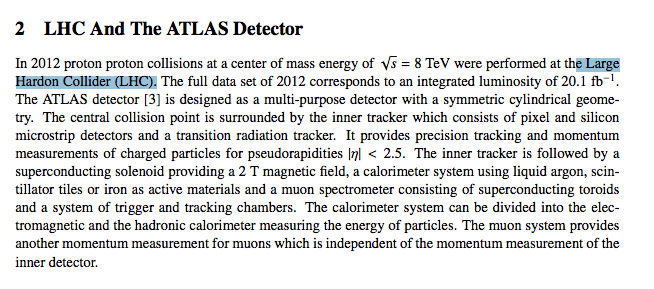CERN, Europe’s nuclear research organization, operates the Large Hadron Collider (or LHC, for short) — the largest particle accelerator in the world. Inside this almost 17-mile ring of tubes and superconducting magnets, beams of high-energy particles collide at nearly the speed of light. The LHC is also, apparently, a “hardon” collider, according to certain reaches of the internet — including CERN’s own site.
That’s right, CERN has made the dreaded hardon typo. Writer Anne Thériault recently pointed out a few on Twitter:
Today I learned Cern’s website has hundreds of typos referring to the Large Hadron Collider as the “Large Hardon Collider” pic.twitter.com/aYfwPI607z
— Anne Thériault (@anne_theriault) June 18, 2017
I repeated Thériault’s brilliant experiment — searching site:cern.ch, site:cds.cern.ch, and site:https://home.cern for “large hardon collider” “hardon” and “large ‘hardon’ collider.” (I had to reassure Google that yes, I did mean to type “hardon.”) I don’t know how many examples I turned up — and none were from CERN’s main public-facing pages. I did, however, find enough gems to solidify that I will be abbreviating LHC for the rest of my life.
It crops up in the headers on presentation slides:

Image: CERN
And in student reports:

Image: CERN Document Server

Image: CERN
The typographical nugget of joy found its way into a charming bulletin about CERN’s role in the local community:

Image: CERN Bulletin
And it even made an appearance in the reference section of a peer reviewed paper:

Image: Nuclear and Particle Physics Proceedings 273–275 (2016)
Turns out, the joy of juvenile typos isn’t limited to particle physics, either. Just ask an astrophysicist: one innocent slip of the keys and your redshift becomes, well, another thing entirely.